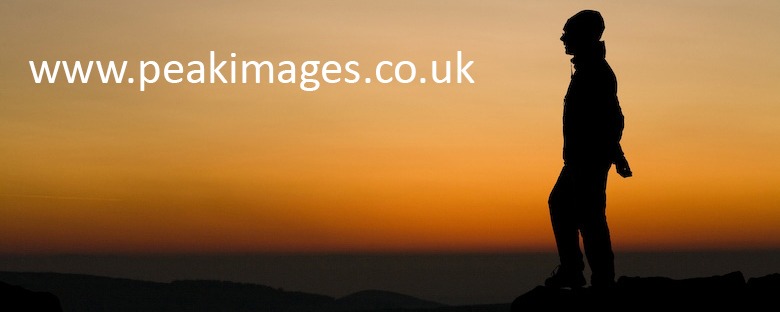(I know it helps the bases if the tourist ship’s passengers contribute to the base-shop’s incomes, and that the folks showing us round are doing it on their days off, but a disappointment was the very noticeable level of restrictions on what we could do and the time available for individual stops allowed. For example at McMurdo Base (USA) 5 minutes in the Crary Lab, 2 mins in a crowded corridor (with interesting artefacts in the glass cases), 20 mins in the coffee room and 30 mins in the base shop was a rather odd division of the time available. And at Scott Base “No, you can’t just walk up the road towards Observation Hill, as we haven’t got a spare member of staff to supervise you!” was the reply to querying what I could do with a spare 25mins after we got bounced off our flight in favour of two mechanics who needed to be ferried to the icebreaker first. And all I wanted was a chance to stretch my legs for once! I do think the expedition staff and their land partners sometimes appear to forget that not all their passengers on the icebreaker are geriatric!
But it was fascinating to get the chance to see inside both bases, and meet a few of the staff. One was so keen to get to the Antarctic that he’d volunteered to spend 60 hours a week cleaning loos just to have any available spare time on the Antarctic continent. Now that’s what I call determination to see the place! Another, who we almost literally bumped into outside, looked after the fuel for the station – from the requirements of the vehicles near the base, to sorting out deep field expeditions – which often required mini pre-expeditions to ensure that fuel is in the correct places to enable the scientists to get to their destination. It sounded a fascinating job, and potentially one that could get you out into the field a fair bit – always a useful job requirement for any role in the Antarctic!
We leave McMurdo Sound to the disappointing news that we’re not going to visit the Dry Valleys, as apparently the ship’s captain has been looking at the weather and ice forecasts and now wants an extra day to cross the southern ocean. Though apparently the area of the Dry Valley’s that we are currently allowed to visit is now no more than the size of a rugby pitch (not to mention the helicopter pilots struggling for allowable airtime on a long flight there after the exceptionally long day they had yesterday.) At least that’s what we’re told to try and forestall an element of rising grumbling again! Interestingly other passengers who had been to the Ross Sea huts, bases and Dry Valleys on previous trips said that it was noticeable how the restrictions and regulations are increasing throughout the whole of the Antarctic region – perhaps we should count ourselves lucky that we are still allowed in the huts or bases at all; and despite the awesome scenery, perhaps the Dry Valley’s are not quite the draw they once were.
